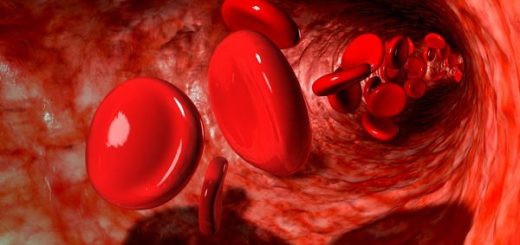OU researchers develop device to detect sickle cell
Without drawing the blood, this device can ascertain whether the patient is affected with the sickle cell disease or not, in just three minutes.
By Author Yuvraj Akula

With the photoplethysmography technique, the device tests the blood particles using the light rays which pass through a finger. It then figures out the shape of the red blood cell.
Generally, a person is affected with the disease when he/she inherits two abnormal copies of the heamoglobin gene. In the normal case, the red blood cells are biconcave in shape but they turn crescent moon shape when affected with the sickle cell disease. So far, the disease is being diagnosed by conducting a chemical test in the laboratory with the blood drawn from patients. And the results too take about three to four hours.
Process for patent on
This device was developed by M Venkateswara Rao, head, Biomedical engineering department, AR Poongothai, Bio-technology consultant and Harish, a student of the department. The portable device which is in the final stages of getting an Indian patent and the department intends to go in for obtaining global patent.
The Department of Biotechnology, Government of India, has also provided a ‘big grant’ of Rs.50 lakh to the researchers for the production and marketing and a start-up too has come forward. The device which works with re-chargeable battery is a one-time investment for hospitals and diagnostic centres which costs about Rs.15,000 to Rs.20,000.
“Generally in remote areas, diagnosis of the disease is a time consuming process. First, blood has to be drawn from the patients and later transported to the laboratories for detection through chemical process. In the manual detection, there are also chances of samples getting misplaced. But this device in a non-invasive mode can detect the disease within three minutes,” Rao said, adding that production of the device will begin from April, 2019, and it will hit the markets in 18 months.
Anaemia detection device
Not just a non-invasive device for Sickle Cell, the OU Biomedical Engineering department has also developed a device which can detect anaemia.
The non-invasive heamoglobin meter measures the blood cells without drawing blood and ascertains whether the person is suffering with anaemia or not. In the conventional method, blood is drawn from a person and processed chemically to determine anaemia.
The device was developed by M Malini, the then head of Biomedical Engineering department along with M Venkateswara Rao, Associate Professor, Akhitha, student, and Sai Prasanna, an alumnus of the department.
Being non-invasive, the device helps keep away blood-related communicable diseases, including HIV and the department has gone for a patent for it too.




Recent Comments